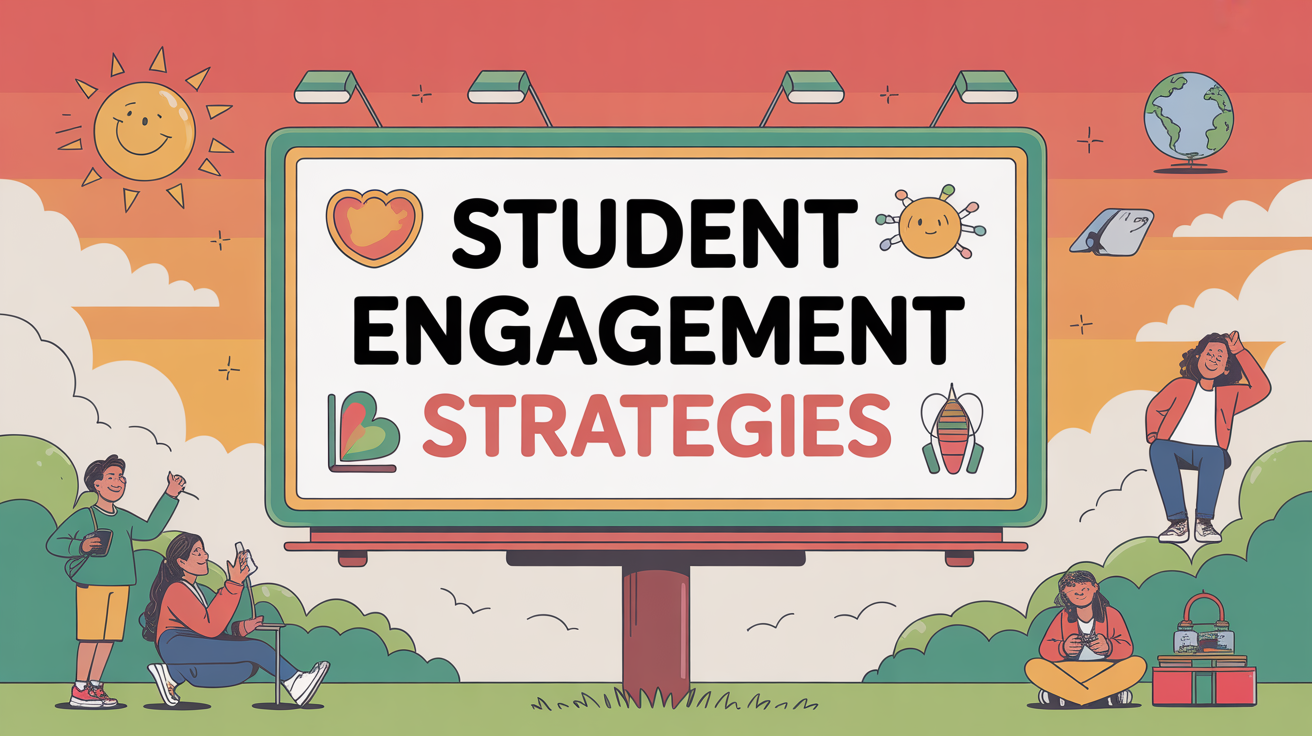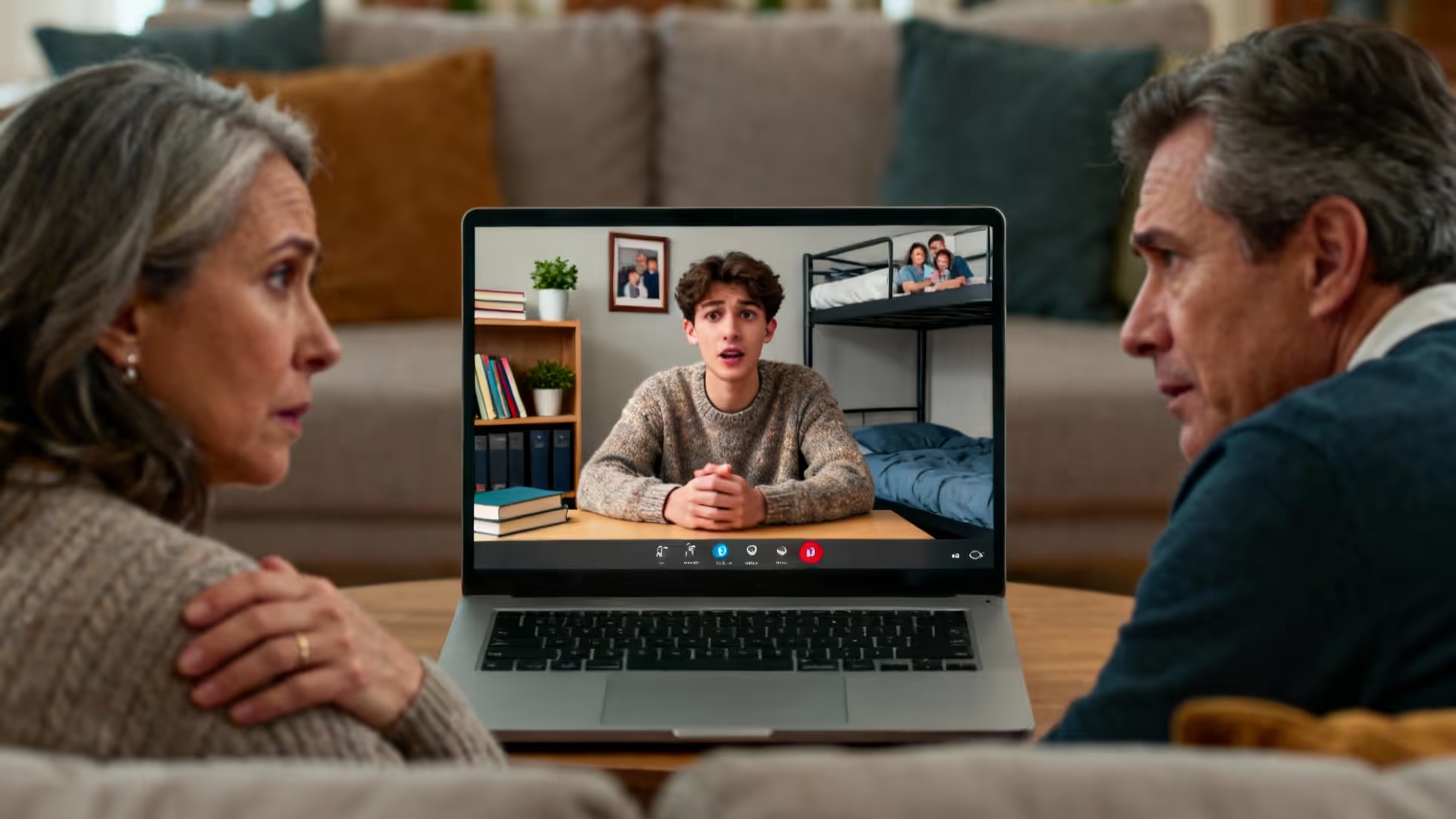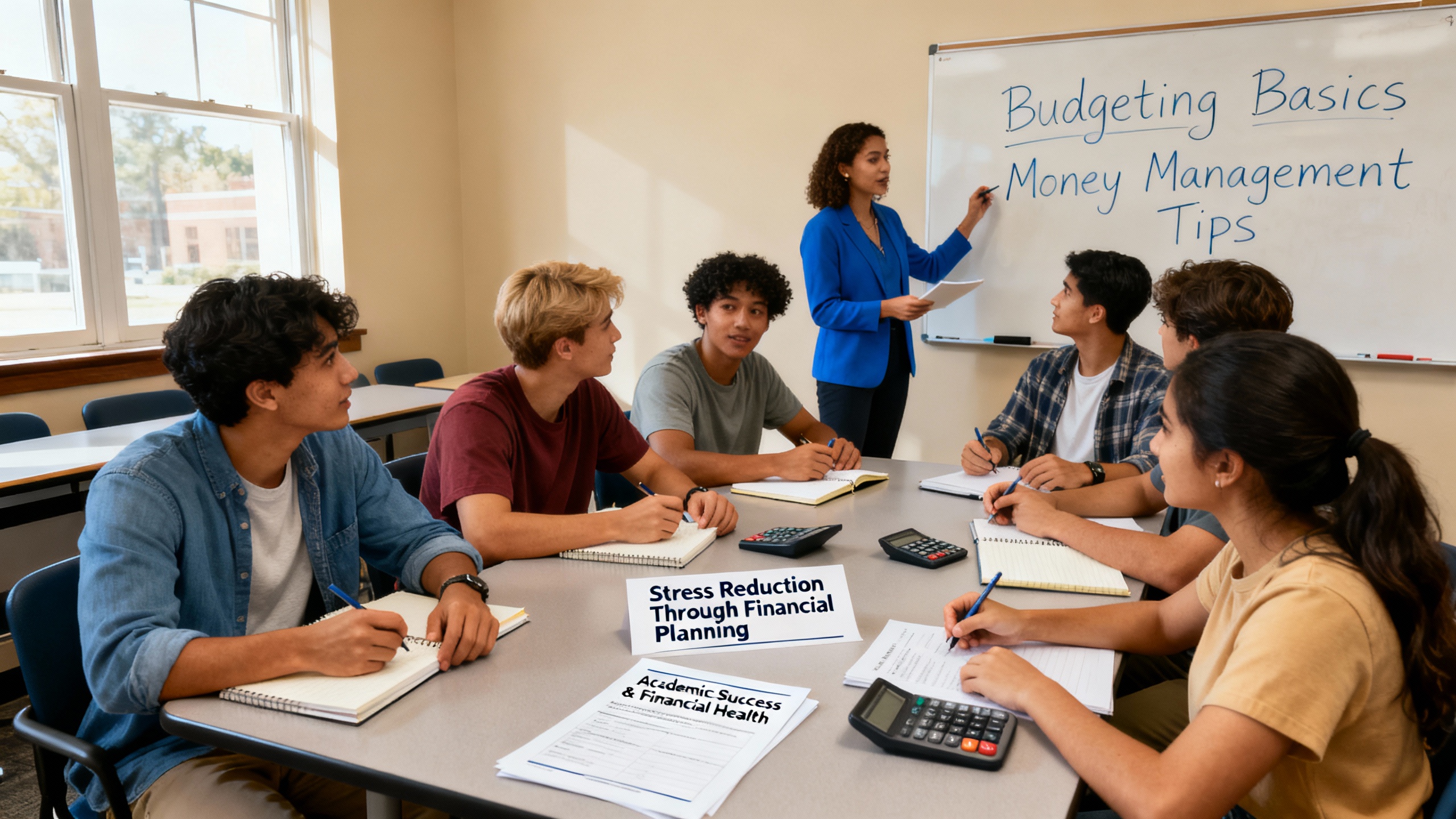Featured Snippet
Gamified engagement uses game mechanics like points, badges, and leaderboards to increase student participation in campus activities. Research shows gamification can improve campus retention programs success rates by 9-13% when properly implemented, with students earning achievement badges showing higher GPAs and lower course withdrawal rates compared to non-participating peers.
Introduction: Student Engagement Strategies
Campus leadership faces an uphill battle. Student engagement metrics continue to decline while dropout rates climb, and traditional outreach methods—those endless emails and forgotten PDFs—aren't moving the needle. But what if the solution isn't about doing more, but about making engagement feel less like work and more like play?
Gamified engagement transforms the student experience by applying strategic game mechanics to campus life. It's not about turning education into a video game. Instead, it's about leveraging the psychological principles that make games compelling—achievement, progression, and recognition—to create meaningful connections between students and their campus communities.
The Science Behind Campus Gamification
At its core, gamification taps into fundamental human motivators. When students earn points for attending workshops, unlock badges for completing milestones, or climb leaderboards through participation, they're experiencing what researchers call intrinsic motivation enhancement [1]. The brain's reward circuits activate, releasing dopamine that reinforces positive behaviors and creates sustainable engagement patterns.
But here's what makes it powerful for higher education: gamification creates visible progress markers in an environment where success often feels abstract. A freshman struggling to find their place can see their engagement journey mapped out clearly. They know exactly what steps lead to achievement, and small wins build momentum toward larger goals.
Real Results from Montclair State's Gamified Approach
Montclair State University partnered with Suitable in 2018 to create Experience Montclair, a mobile-first gamified retention program serving over 21,000 students. The results speak volumes about gamification's potential [2]:
First-Year Engagement Soared: Within just one semester, 51% of freshmen actively engaged with the platform, logging over 20,000 activities. This represents a dramatic shift from previous participation rates where traditional outreach methods struggled to capture student attention.
Retention Rates Improved Significantly: For the first time in five years, Montclair saw retention rates increase. Students who earned achievement badges showed retention rates 9-13% higher than the baseline. The correlation was clear—more badges earned meant higher likelihood of persistence.
Academic Performance Strengthened: Participating students demonstrated higher GPAs and significantly lower course withdrawal rates compared to non-participants. The First Semester Achievement badge, required for freshman seminars, became a predictor of academic success.
Data-Driven Insights Emerged: The platform provided unprecedented visibility into student behavior patterns. Administrators could identify at-risk students by week seven of the first semester and conduct early interventions based on engagement metrics.
Best Practices for Inclusive Gamification
Not all gamification strategies work equally well. Recent research examining implementations across multiple universities reveals critical success factors [3]:
Set Clear, Achievable Goals
Break down complex academic journeys into bite-sized achievements. Instead of "graduate in four years," think "complete first-semester orientation badge" or "attend three career workshops this month." Students need to see the next step clearly, not just the distant finish line.
Design Meaningful Rewards
Points for the sake of points won't sustain engagement. Successful programs tie rewards to real value—priority registration, campus dining credits, or recognition on professional transcripts. Montclair's approach includes achievements in students' Experiential Learning Records, which they can add to resumes and LinkedIn profiles.
Prioritize Inclusivity
Gamification must work for all students, not just the naturally competitive ones. Offer multiple pathways to achievement. Some students thrive on leaderboards; others prefer personal progress tracking. And critically, ensure commuter students and working students can participate fully.
Consider alternative achievement types:
Collaboration badges for group participation
Improvement metrics that reward progress over absolute performance
Time-flexible challenges that accommodate varied schedules
Non-competitive recognition options for students who prefer privacy
Build Community, Not Competition
While friendly competition can motivate, over-emphasizing rankings risks alienating students already feeling overwhelmed. The most effective programs balance individual achievement with collaborative elements—team challenges, peer support badges, and community milestones everyone works toward together.
Navigating Common Pitfalls
Despite promising results, gamification isn't without challenges. Understanding these pitfalls helps campus leaders implement more sustainable programs:
The Novelty Fade: Initial excitement often wanes after the first semester. Combat this by regularly introducing new challenges, seasonal events, and evolving achievement paths. Montclair addresses this by allowing individual schools and programs to customize their dashboards and badges based on specific needs.
Over-Gamification Fatigue: When everything becomes a game, nothing feels special. Focus gamification on key engagement areas rather than trying to gamify every campus interaction. Students still need authentic, non-gamified spaces for genuine connection.
Equity Concerns: Not all students start from the same place. First-generation students might not understand unspoken campus norms that others take for granted. Design onboarding carefully, provide clear explanations, and ensure achievements recognize diverse forms of engagement.
Privacy and Autonomy: Students rightfully worry about surveillance. Be transparent about data usage, allow opt-out options for public leaderboards, and emphasize that gamification supports student success, not administrative monitoring.
Leveraging Analytics for Early Intervention
The real power of gamified systems lies in their data generation. Unlike traditional attendance tracking or grade monitoring, engagement platforms provide real-time behavioral insights [4]:
Participation Patterns: Identify which events, workshops, or resources generate the most engagement
Risk Indicators: Spot students showing decreased activity before academic struggles manifest
Pathway Analysis: Understand which engagement sequences correlate with retention and success
Demographic Insights: Recognize how different student populations interact with gamified elements
Montclair uses this data strategically. When students don't complete their First Semester Achievement badge by week seven, advisors proactively reach out. This early warning system allows intervention while there's still time to course-correct, rather than waiting for mid-term grades to reveal problems.
The Future of Gamified Campus Engagement
As technology evolves, so do gamification possibilities. Emerging trends include:
Personalized Pathways: AI-driven systems that adapt challenges based on individual student needs, interests, and goals. Instead of one-size-fits-all achievement paths, each student gets a customized engagement journey.
Cross-Platform Integration: Seamless connections between learning management systems, student portals, and gamified platforms. Students earn achievements for academic milestones, co-curricular participation, and wellness activities all in one unified system.
Augmented Reality Experiences: Campus-wide AR games that blend physical and digital engagement, turning orientation into an interactive treasure hunt or making building familiarity fun.
Making the Investment Decision
For campus leaders evaluating gamification, consider these key questions:
What specific engagement challenges need addressing?
How will you measure success beyond participation numbers?
Can your team commit to ongoing content creation and platform management?
How will you ensure all student populations can participate equitably?
What resources exist for training staff and supporting students?
The evidence suggests that thoughtfully implemented gamification delivers measurable results. But success requires more than just adding points and badges to existing programs. It demands reimagining engagement as an active, rewarding journey rather than a passive obligation.
Small rewards do boost student engagement—when they're part of a comprehensive strategy that values student autonomy, celebrates diverse achievements, and uses data to support, not surveil. The question isn't whether gamification works, but whether your institution is ready to commit to doing it right.
Ready to transform student engagement on your campus? Explore how data-driven, gamified approaches can help your students thrive. Learn more about Campus Mind's engagement solutions or access additional resources to begin your gamification journey.
Works Cited
[1] Research Invention Journal of Research in Education — "Gamification in Higher Education: Enhancing Student Engagement and Learning Outcomes." Published: 2024-05-28. Accessed: 2025-09-24.
[2] Suitable — "Inside Montclair State's Student Retention & Success ROI." URL: https://www.suitable.co/knowledge-center/case-studies/inside-montclair-state-student-retention-roi. Accessed: 2025-09-24.
[3] Smart Learning Environments — "Gamification of e-learning in higher education: a systematic literature review." Published: 2023-01-31. Accessed: 2025-09-24.
[4] Education Sciences — "Enhancing Learning Engagement: A Study on Gamification's Influence on Motivation and Cognitive Load." Published: 2024-10-14. Accessed: 2025-09-24.




